Smartphone Studio Ep. 2: How To Shoot An Interview [4:40]
TRANSCRIPT
Hi, I’m Amy with We Make Movies.
What makes a compelling interview or documentary?
"Engaging Subject Matter and Personality”
Everyone has a story to tell. But, how that story is told can make a huge difference
in the impact your content has on your audience.
In this video, we’re going to go over some best practices to consider when shooting an interview so your audio, video and subject matter is professional and dynamic.
First let's talk about what gear and equipment you are going to want when setting up the interview.
AUDIO -
Audiences are much more forgiving of poor video then they are of poor audio. So, it’s extremely important to get clear audio from the interviewee (The person you are interviewing)
For best practices, either use a shotgun microphone, placed within 6 feet from the interviewee, or an Apogee Clipmic Digital plugged into a secondary iPhone, clipped on the subject’s clothing in front. See our videos 6 and 7 on Apogee MetaRecorder for more info. If you don’t have access to an external microphone just make sure you’re recording the interview in a very quiet location..
BACKGROUND -
Set your interviewee in front of a background that is visually interesting, but not too busy or cluttered so it doesn’t distract your viewer while watching the interview.
LIGHTING -
Place your main light source in front of your subject and not overhead or behind them. Placing a light overhead can create unwanted shadows on their face, and bright light behind your interviewee will make them backlit and hard to see.
iPhone and app Camera Setup -
Place your iPhone, preferably on a tripod, eye level with your subject and about 3 feet away. .
Open Filmic Pro or the native camera app and, and use the grid overlay on the screen to compose your shot by using what is called the Rule of Thirds: (ADD DIAGRAM ON SCREEN) This breaks the image down into thirds using two horizontal lines and two vertical lines. The human eye naturally go to the points of intersection first, so place your subjects eyes on either the top left or right points and have them look ACROSS the camera (not to the small side of the screen) This will make sure your interviewee is framed in a medium shot with their face open to camera.
If needed, adjust your exposure and test the audio levels – check out our Native Video App and Filmic Pro Basics videos or a review of those settings.
Now that you have the technical setup for your interview out of the way. Lets go over important interview skills to use when recording the interview.
Interview Skills
As the interviewer.
Do some background research on the topic you are asking about. Then, create an initial set of questions so you have a solid place to start the conversation. Try and really listen to the answers your subject gives you and be open to diving deeper into certain topics that are really fascinating or coming up with additional questions on the spot as unexpected topics come up.
Thinking of the interview as a conversation rather than an interrogation, you will get better results and more natural sounding answers from your subject.
You may have to ask a question a couple of times or repeat the interview in order to get the “best sounding answers” This is common, don’t feel flustered if the first go around isn’t the best take.
Start by always asking your subject to say their name, and to spell it out. This way you will have the correct spelling when you put their name in titles later.
Let your subject know to always include the question in their answer so your audience knows what they’re referring to.
For example: “Why do you love playing Soccer?”
“I love playing soccer because I get to be a part of the team.”
Always ask open-ended questions and not ones that can be answered with just a simple yes or no so the interview is engaging.
For example:
“What’s your favorite fruit?”
“My favorite fruit is grapes.”
Or
“I don’t like fruit. I prefer vegetables like carrots.”
These are some of the tools and techniques used when filming an interview. Find a friend and practice shooting and using the techniques for setup and interviewing. Figure out a topic you would like to discuss, then ask your friend 6-7 questions for a short interview.
In our next video. We will take the interview footage you have shot and show you how to create and edit it as part of a mini documentary. I’m Amy with We Make Movies, and this has been HOW TO SHOOT AN INTERVIEW.
